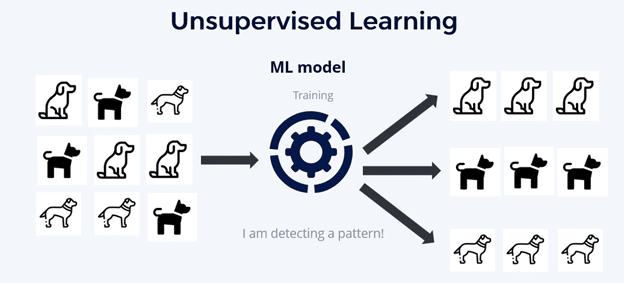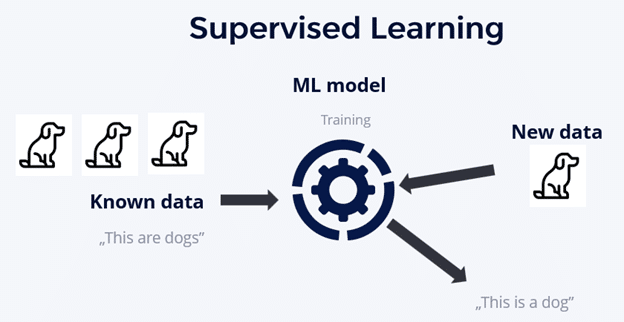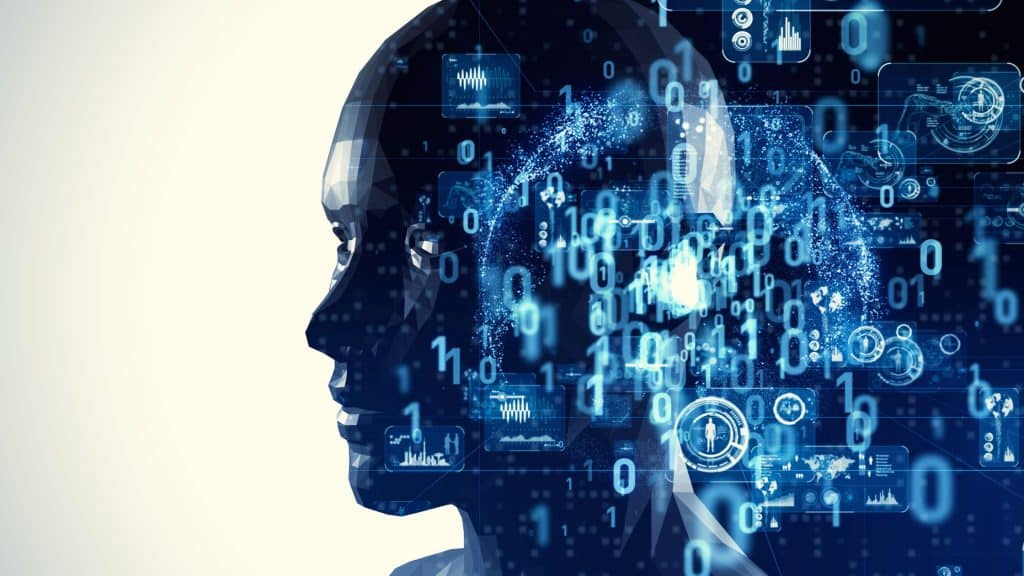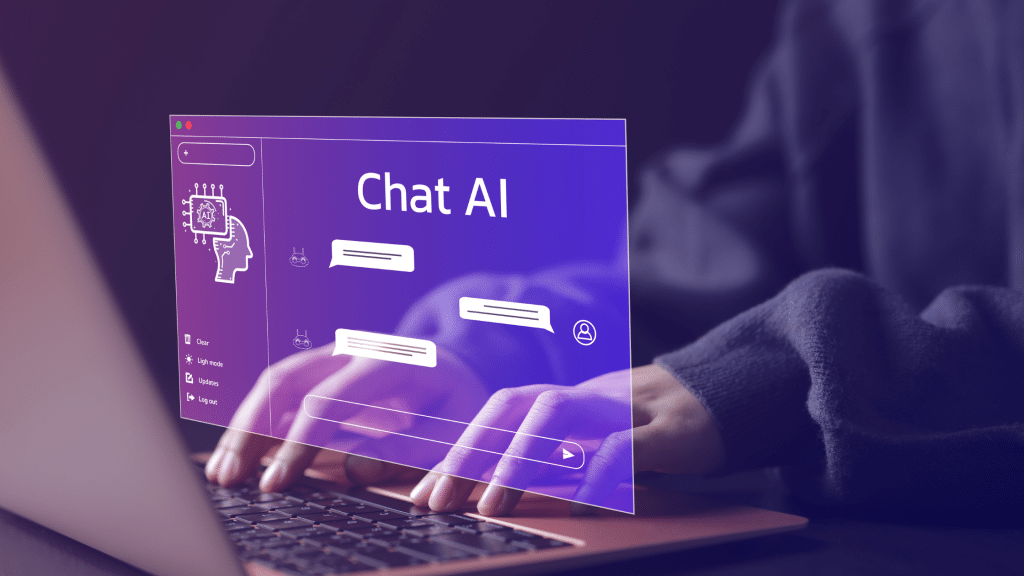Machine learning methods are a critical component that enable your business to embrace data analysis as a tool for strategic optimization and operational enhancement.
What Is Machine Learning?
Machine learning (ML) is a combination of computer science and artificial intelligence. Machine learning uses computer algorithms that continuously improve over time. Machine learning works across a variety of fields, from cybersecurity to voice recognition. Machine learning methods are the different approaches used to create algorithms that enable computers to learn from and make predictions or decisions based on data.
How Does Machine Learning Work?
If you want to understand how ML models work, psychology is a great place to look. Abraham Kaplan once said, “Give a small boy a hammer, and he will find that everything he encounters needs pounding.” That statement perfectly demonstrates the driving force behind automated machine learning. Modern machine learning is, of course, more sophisticated than a small boy with a hammer.
When a computer is set up to learn something, its algorithms will test several variables repeatedly until the computer finds a solution that works. The more variables it tests, the more data it can compare with its results. The more often it compares its results, the faster machine learning systems will find a solution.
Machine Learning Methods
What are the 3 Types of Machine Learning?
Machine learning methods can be classified into three primary categories: unsupervised, supervised, and semi-supervised.
Unsupervised Learning
Unsupervised machine learning involves training the machine learning algorithm on data that does not have labeled responses. The machine learning model tries to identify patterns and relationships in the data, often used for clustering and association tasks. With unsupervised learning, the computer draws conclusions from the data it collects without any outside source telling it what those conclusions should be. This type of learning is beneficial for analysis purposes, but its development is limited because there’s nothing to compare it with. Furthermore, since you’re feeding unlabeled, input-only data, there is no real way to measure how accurate the results are. Unsupervised learning has its place in machine learning, but it’s generally used for exploratory analysis or to generate the data that later becomes the input for other analyses. For example, if you were looking for patterns in consumer spending habits, you could perform unsupervised learning on the raw purchase data. Doing so would allow you to uncover trends and predict what other spending habits your consumers might have.

Supervised Learning
Supervised learning, on the other hand, offers a human-instructed analysis. With supervised learning, the machine learning algorithms are trained on a labeled dataset that is used as training data. In the training process, each training example is paired with an output label. The machine learning model learns to map inputs to the correct output and is used for tasks like classification and regression. A human tells the computer which data points are relevant and which ones are not. Suppose you were looking for patterns in consumer spending habits. In that case, you could perform supervised learning on the raw purchase data so that the computer could tell you that, for example, people who bought peanut butter also tend to buy jelly. Supervised learning is more likely to produce accurate results than unsupervised learning because it relies on human input rather than just observation. You can even use it to make predictions and take corrective actions (if necessary.) For example, if a company has a dormant customer, they could run supervised learning on data to predict how likely it is for this customer to stop making purchases. This might help the company identify users in danger of leaving, thereby giving them time to implement strategies to retain them.

Semi-Supervised Learning
Semi-supervised learning is a middle ground between supervised and unsupervised learning. Semi-supervised machine learning uses a small amount of labeled data and a large amount of unlabeled data for training, which can improve learning accuracy when labeled data is scarce. When unsupervised and supervised learning come together, you get semi-supervised learning. Like supervised learning, it uses a human-instructed analysis. Semi-supervised machine learning also enables the computer to draw conclusions based on its observations. Semi-supervised learning is a mix of both input and observed data. This type of machine learning uses a process called clustering to separate relevant from irrelevant data. For example, you could use unsupervised learning to look for patterns in email data. Then, you could use supervised learning to determine which of these patterns are relevant and which aren’t. Then, you can use semi-supervised learning to cluster the relevant patterns together and examine them one at a time. This kind of machine learning is extremely powerful because it allows multiple types of data to be examined simultaneously and holistically.
These methods are foundational to developing machine learning models that can perform a wide range of tasks, from image recognition, natural language processing, facial recognition, speech recognition, neural networks, predictive analytics, and beyond.
Applications Of Machine Learning
No-code Machine learning software like Graphite Note can be applied in many different contexts and industries.
Graphite Note simplifies the use of Machine Learning in analytics by helping business users generate machine learning models without needing to code. You don’t need a team of data scientists, or data science skills to use Graphite Note. Graphite Note gives you a single platform to build, visualize, and explain Machine Learning models for real-world business problems and use cases.
Here are some of the questions that can be easily answered:
- What revenue are we going to have 6 months from now?
- How much inventory should we stock tomorrow, or 30 days from now, to meet demands?
- What is the effect of our product promotion? What can we expect from other future promotions?
- I want to find the defective customers who have spent a lot of money.
- What are my most important products or customers, bringing the majority of revenue? Who are “the vital few”?
- Who Is going to cancel my subscription and why?
- Which machine Is going to malfunction soon?
- Is this a fraudulent transaction?
- What Is the best way to segment my products for customers?
- Which of my leads are going to convert?
Predictive Analytics
Predictive analytics uses machine learning to develop algorithms that can predict outcomes using real-time data. For example, salespeople can use predictive analytics to predict which customers are about to churn.
Cybersecurity
Machine learning has become a popular tool in cybersecurity. Cybercriminals are constantly changing patterns and attack methods. Machine learning can be used to detect unusual patterns in digital security. ML models can help identify and prevent cyber threats, making it a valuable addition to your organization’s cybersecurity arsenal alongside robust antivirus solutions and secure VPNs.
Voice Recognition
Machine learning can be used to improve voice recognition. Analyzing human speech patterns, machine algorithms can understand what certain words and phrases sound like. For example, many people mispronounce “supercalifragilisticexpialidocious.” When you ask Alexa how you’re supposed to say the full title of Mary Poppins, it will know that even though you’re saying the shortened version of the word, that’s not how it’s supposed to sound.
Virtual Assistants
We’re certain you’re familiar with Alexa, Siri, and Google Assistant. All these virtual assistants are backed by machine learning. Every time you give an instruction—make a call, play a soundtrack, access your email —your virtual assistant is employing machine learning to understand and act.
Medical Predictions and Diagnosis
Machine learning helps researchers develop artificial intelligence capable of predicting medical events before they happen. This could be used to predict strokes and heart attacks, for example. It’s also evolving towards being able to predict which people are likely to get sick in the first place, which helps doctors better understand who might need something like preventative medication.
Everyday Life
Machine learning is already changing how we conduct business, keep tabs on our kids, and even make home-improvement decisions. It powers your Netflix feed, your CRM software, and even autonomous vehicles.
Graphite Note’s no-code machine learning models help you turn data into decisive action plans.





